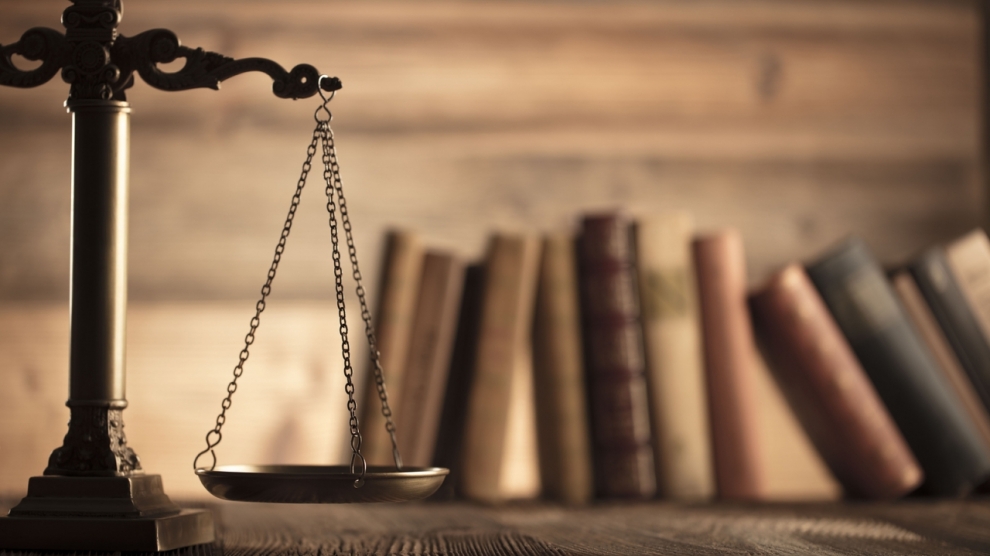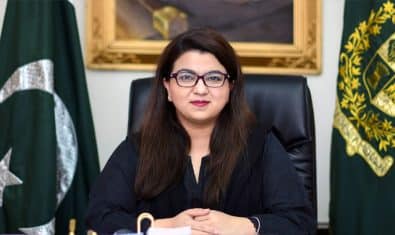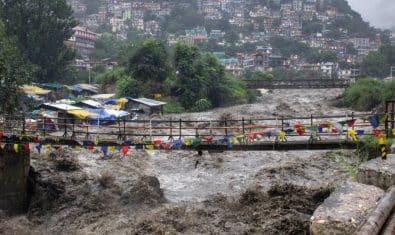Though it has been only three years, it seems an era is ending with the retirement of Chief Justice Saqib Nisar. His tenure was both popular and controversial but neither Saqib Nisar’s Suo Moto cases nor his conduct is something new to Pakistan.
He may have surpassed his predecessor in some ways, but the ideas and the notion behind those actions are still old. The umbrella under which all his moves fall is ‘judicial activism.’
The term has been making rounds in Pakistan for several years, precisely since 2007. Though the exact term may have remained overshadowed by the local terminology, it still made its way from editorial pages and blogs to street gossips and drawing room discussions in one form or another.
But neither this term nor the related developments are new to the world, even if the wave entered Pakistan a bit late. Judicial activism became a thing even before Pakistan came into existence.
In fact, it troubled the government of India around four decades before it entered its neighboring state.
How It All Started
The term judicial activism first came up in 1947 in a documented form. It was coined by the American historian Arthur M. Schlesinger Jr. in an article published by Fortune. Since then, the term has been used frequently to describe a judicial decision which specifically interferes in a political or constitutional matter.
The author compiled the profiles of all nine sitting Supreme Court justices of that time and explained the differences and agreements between them. He characterized certain judges as ‘judicial activists’ and others as ‘champions of judicial restraints’ (the opposite of judicial activists).
The situation at that time was as such that the Court had split over the interpretation of legislation and ‘the proper functioning of the judiciary in a democracy’.
By that time, no judge had openly questioned the constitutionality of the New Deal (reforms and regulations enacted by the then US President).
The activists’ group believed that the Supreme Court could take an active role in the promotion of social welfare. The ‘champions of self-constraint’ were of the view that judiciary should put a restraint on its powers.
The first group wanted to expand the scope of their judicial power for their own conception of the social good. The other focused on enabling the other branches of government to achieve the social good perceived by the public.
It was the beginning of the judges’ affirmative role in the public and social welfare issues. It raised the question of where judiciary’s powers start and where they should end. The debate centered around whether the courts should leave the issues of social welfare to public representatives or impose their own idea of the social good.
It also raised a question of which branch should own the constitution, i.e., which one should have the final say on the constitutional interpretation or even legislation. The grouping in those SC judges actually represented each distinct legal world-view that is prevalent till date.
Still, it needs to be noted here that the debate over the role of judiciary still existed and the question had arisen in 1610 in the Court of Common Pleas in England. The Chief Justice ruled that in many cases, the common law will control Acts of Parliament. The executive and the judiciary kept struggling for their presumed rightful powers.
Essentially, the Constitutions of many countries contain room for judicial activism by giving the power to nullify the acts and even amendments to the constitution. The judiciary enjoys the right of the final declaration on the validity of a law.
They even bring the privileges of the legislature under the purview of the judicial review. In fact, in several countries, the power of judicial review is considered as ‘basic structure of the Constitution.’
When Judicial Activism Leads to Controversy
The civil society in many countries accuses its judiciary of activism like that in Canada, Israel, the UK, and so on. But some countries have actually faced a crisis or an unprecedented change in the course of events owing to the decisions of the judiciary.
Many incidents exist in history where a country’s judiciary interfered in a public matter, and sometimes, pushed that country into a crisis.
In the US
Though the term was coined in 1947, the SC had been striking down the President’s welfare plans since 1935. It had shot down several of the then President Franklin D. Roosevelt’s plans for being unconstitutional.
These decisions caused resentment not only in the government but also in the public. That led to a crisis as tensions grew between the executive and the Supreme Court. FDR even threatened to pack the Supreme Court.
Since then, the US history is replete with incidents where the judiciary shot down many programs of the government and even sometimes ‘legislated’ from the bench. One of the US presidents, Richard Nixon went packing partly because of the Supreme Court’s ruling.
One of the cases that created an uproar and raised alarms about the excessive judicial powers was that of Bush vs. Al Gore. It was 2000 and the first time when a Supreme Court’s ruling ended an election.
What happened there was that the Supreme Court had not allowed the recount of Florida’s US Presidential election ballots. This 5-4 decision made the Republican candidate George W. Bush the 43rd President of the US. Notably, majority judges in that bench were Republican.
Moreover, President Obama’s tenure faced the SC’s blows throughout. Many of his programs and acts went to the gutter because of the SC’s rulings.
In India
Indian Constitution’s Article 141 gives its Supreme Court the power to declare any law and the declaration has set an authoritative precedent.
Initially, the Supreme Court of India observed restraint and did not meddle in public affairs. However, it adopted another approach in the 1950s. It did not become much of a problem for the government until 1967. The SC took away the Parliament’s powers to amend the constitution’s provisions pertaining to fundamental rights.
The Parliament challenged the decision and this judicial review was criticized severely by the masses.
Another such incident was when the Supreme Court unseated the sitting Prime Minister in 1975. Several quarters criticized the move and termed it a tragic offense.
In Pakistan
Article 184(3) gives the Supreme Court extraordinary jurisdiction. It gives the court the power to adjudicate on the issues of public importance. The article’s scope per se has been rendered as abstract.
It was truly manifested in 2007, with Iftikhar Chaudhry as the Chief Justice. Before that, the judiciary remained pro-executive and pro-parliament. It did not flex its muscles even when the military high-ups abrogated the Constitution.
Remarks
While it may result in furtherance of policies that remain stuck in the pipeline otherwise, it can still pit the executive and the judiciary against each other. The clashing pillars of a state can result in a crisis, compromising the rule of law and fraying the fabric of democracy.
The question of whether judicial activism is justified conduct marks a dilemma. Many situations arise where there is a need for the Supreme Court to intervene even if it means opposing the executive’s decision or going around its own precedent.
But the problem is who decides when the Supreme Court should intervene and when it shouldn’t? The executive in a democracy involves the public representatives, and technically, the public will. Ignoring the executive’s intent can surmount to ignoring peoples’ will.
Above all, when the state branches go head to head, it does not bode well for the country’s stability. It raises skepticism and distrust among the public regarding their government and the judiciary and ends up sowing divisions.






















